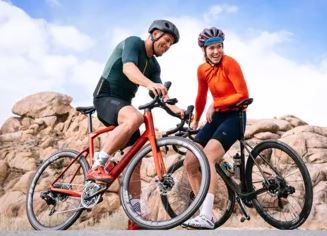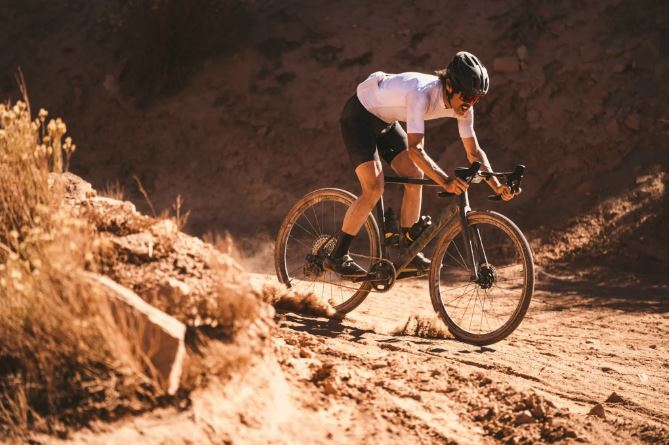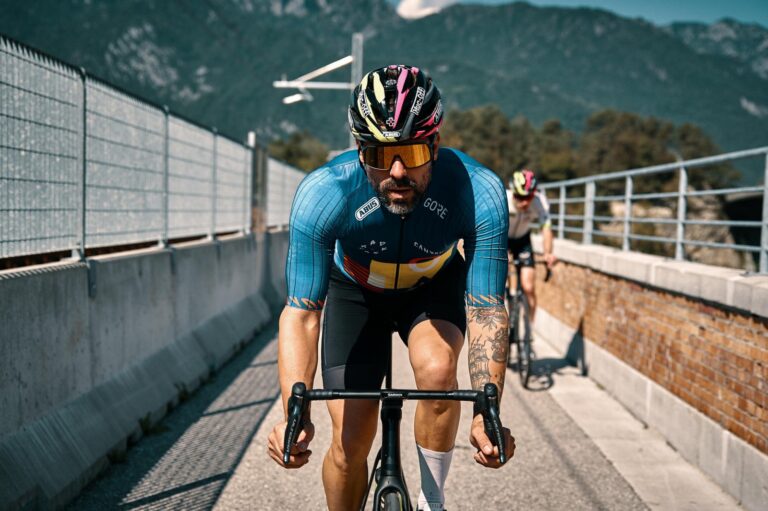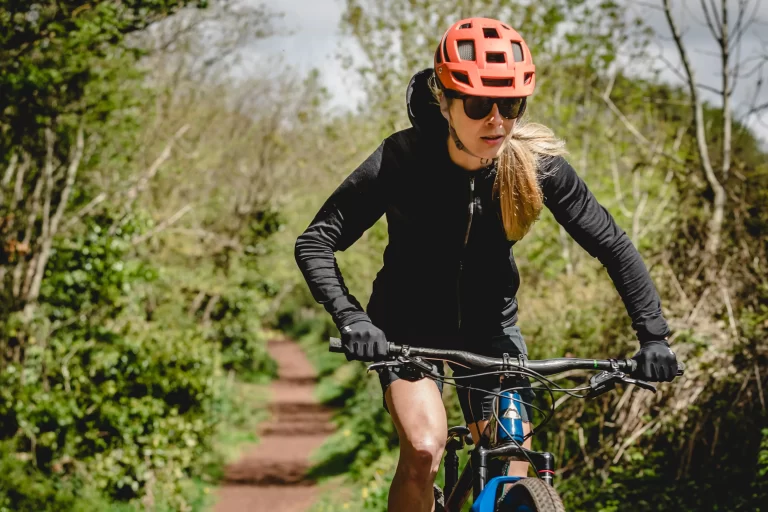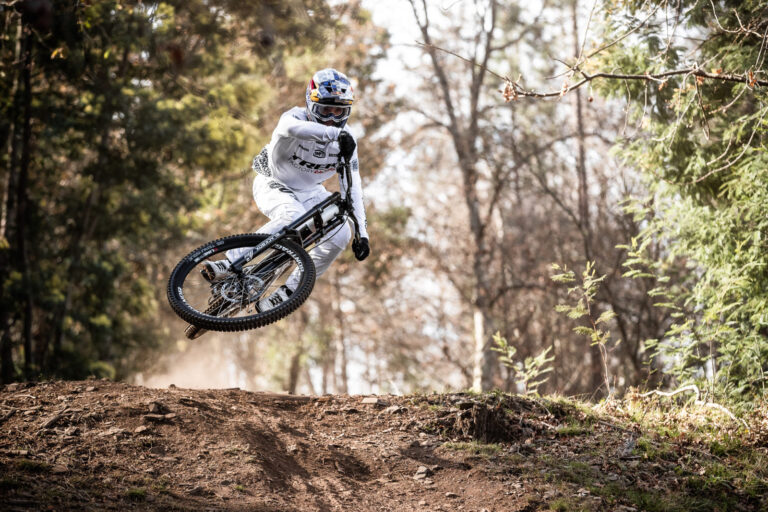Finding the Balance: Aerodynamics vs Comfort in Gravel Bikes

Key Point Summary of Aerodynamics vs Comfort in Gravel Bikes:
- Streamlining in gravel bikes can contribute to efficiency and speed, particularly in races or on fast-paced group rides.
- Comfort is paramount for long-distance adventures, affecting rider fatigue, bike handling, and overall enjoyment.
- Frame geometry plays a critical role in determining a bike’s profile and comfort level, influencing riding position and stability.
- Component choice, including handlebars, saddles, and tires, offers additional avenues to fine-tune the balance between speed and comfort.
In the evolving landscape of cycling, gravel bikes have emerged as versatile workhorses bridging the gap between the aerodynamic precision of road bikes and the rugged durability of mountain bikes. As a masters cyclist with years of experience racing and riding across various disciplines, I’ve navigated the spectrum from sleek, speed-oriented designs to comfort-focused builds that make long, off-road adventures more enjoyable. This article explores this balance, aiming to guide cyclists, especially those with beginner to mid-level experience, through making informed choices when selecting or upgrading their gravel bikes.
Aerodynamics in Gravel Bikes
Traditionally, aerodynamics has been a concern reserved for the road cycling world, with gravel bikes prioritizing durability and versatility. However, as gravel racing grows and riders seek efficiency on mixed surfaces, the aerodynamic design of gravel bikes has gained attention. Aero gains can be realized through frame tube shaping, wheel design, and rider positioning, all aimed at reducing drag. Yet, it’s important to consider how these features integrate with the bike’s overall purpose. For instance, an aero-focused gravel bike might feature a more aggressive riding position, which could compromise comfort on longer, exploratory rides.

The Primacy of Comfort
Comfort on a gravel bike is multifaceted, encompassing vibration damping, body positioning, and the ability to sustain longer rides without excessive fatigue. Frame geometry is a cornerstone of comfort, with a design that often includes a longer wheelbase, higher stack, and lower bottom bracket compared to road bikes. These adjustments lead to a more upright riding position and greater stability over uneven terrain. Moreover, wider tires that can be run at lower pressures without sacrificing efficiency are crucial for absorbing trail chatter and impacts.
Frame Geometry: The Balancing Act
Frame geometry is the linchpin in the aerodynamics vs. comfort debate. A bike’s geometry not only influences its aerodynamic efficiency but also its ride quality and comfort. For example, gravel bikes designed with a slight lean towards streamlining might incorporate a longer reach and a slightly lower stack, promoting a more forward, aggressive riding position. Conversely, a geometry focused on comfort prioritizes an upright position, reducing strain on the rider’s back and shoulders over long distances. The choice between these geometries should reflect your primary riding goals, whether that’s racing, bikepacking, or leisurely explorations.
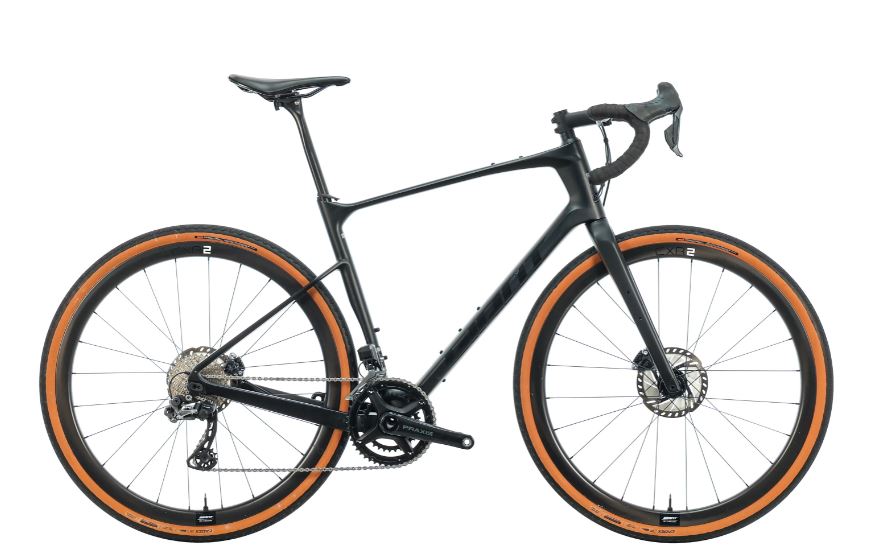
Component Considerations
Beyond the frame, components like handlebars, saddles, and tires play significant roles in fine-tuning a bike’s aerodynamic and comfort characteristics. Flared handlebars, for example, offer a compromise, providing a more aerodynamic position on the drops while widening the grip on rough terrain for better control and comfort. Saddles and seatposts with built-in flexibility or suspension can also mitigate impacts, enhancing comfort without significantly affecting the bike’s streamlining. Lastly, tire selection enables riders to adjust rolling resistance and vibration damping to suit specific terrain and preferences.
Aerodynamics vs Comfort in Gravel Bikes: In Conclusion
The debate between aerodynamics and comfort in gravel bikes doesn’t have a one-size-fits-all answer. Instead, it’s a personal decision based on the type of riding you prioritize, the terrain you typically encounter, and your preferences for bike handling and feel. By understanding the trade-offs involved and considering how different elements—from frame geometry to tire choice—impact performance and comfort, you can craft a gravel bike setup that best meets your needs. Whether you’re racing across windswept plains or exploring rugged backcountry trails, finding your balance between streamlining and comfort will enhance your riding experience.
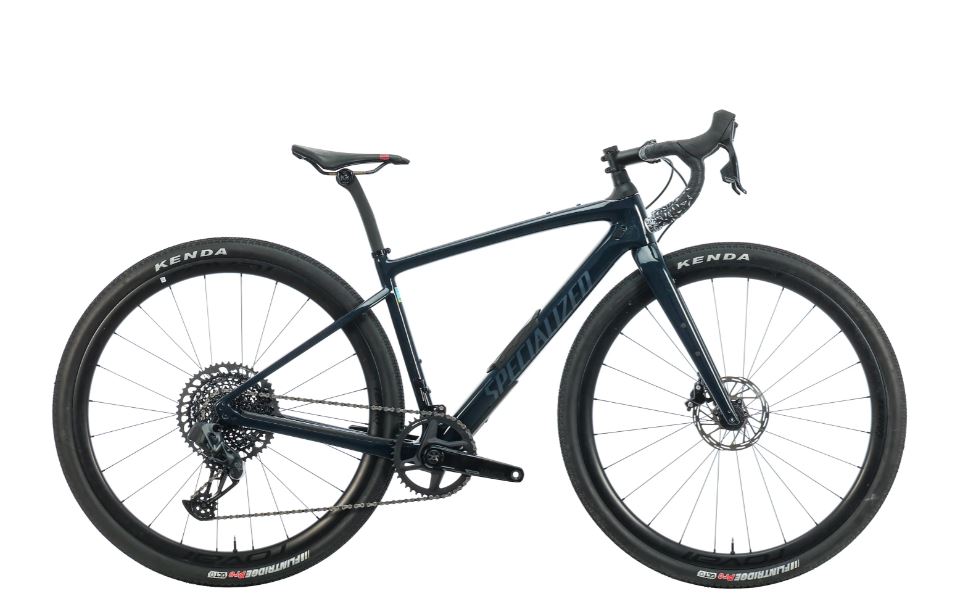
Specialized Diverge embodies the intricate balance between achieving aerodynamic efficiency and maintaining rider comfort, crucial aspects for the gravel riding experience. The Diverge’s design incorporates innovative frame geometry that supports an aggressive riding position for aerodynamic benefits while also emphasizing features that absorb trail vibrations and shocks for enhanced comfort.
Its thoughtful construction and component choices offer a real-world example of how modern gravel bikes navigate the fine line between cutting through the air more effectively and ensuring that riders can endure long hours in the saddle over varied and challenging terrain. The Specialized Diverge showcases how advancements in bike technology and design philosophy can successfully address the diverse demands of gravel biking enthusiasts.
Happy trails!
John
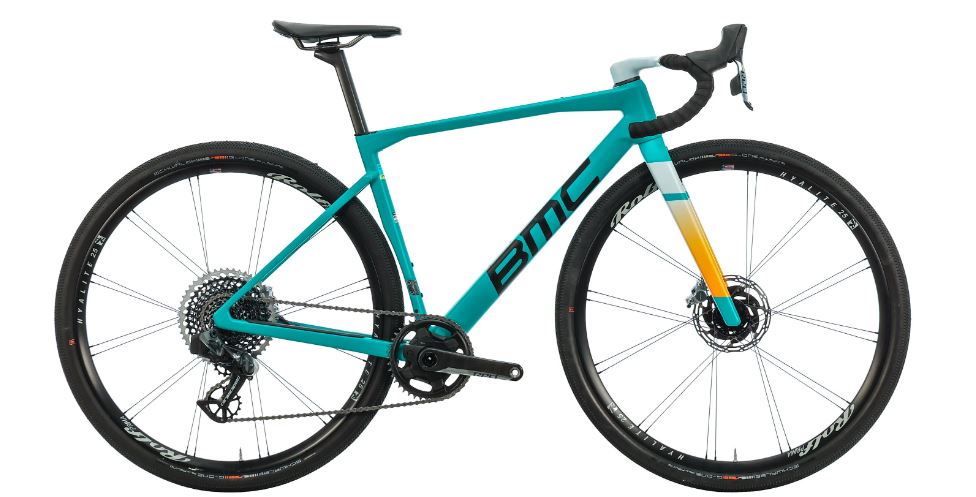
FAQ
Does Aero matter on a gravel bike?
Yes, aero matters on a gravel bike, especially for racing or long-distance riding where efficiency and speed over varied terrain are crucial, though comfort and versatility are also key considerations.
Are gravel bikes more comfortable?
Gravel bikes are designed to be more comfortable than traditional road bikes, with wider tires, a more relaxed geometry, and features aimed at absorbing shock and vibrations from off-road surfaces.
At what speed does aerodynamics matter on a bike?
Aerodynamics start to matter on a bike at speeds as low as 15 mph (24 km/h), with the effect becoming increasingly significant as speed increases.
Do aerodynamics matter at low speeds?
While aerodynamics matter less at low speeds, they still play a role in overall riding efficiency, especially over longer distances or when fighting headwinds.

